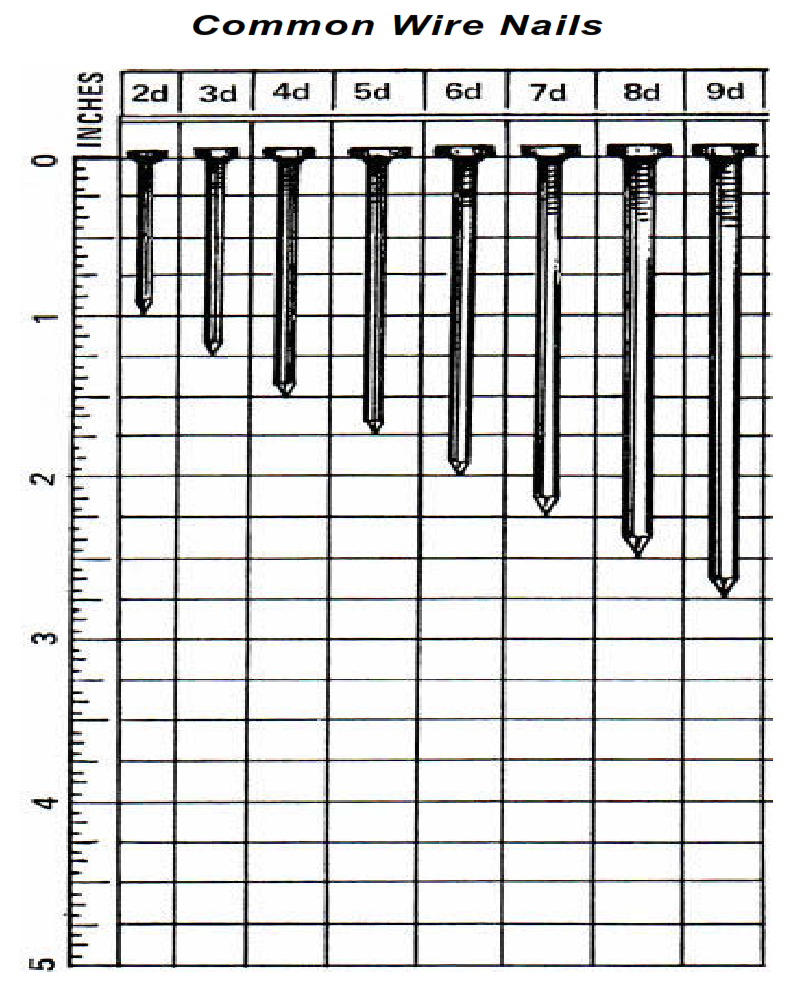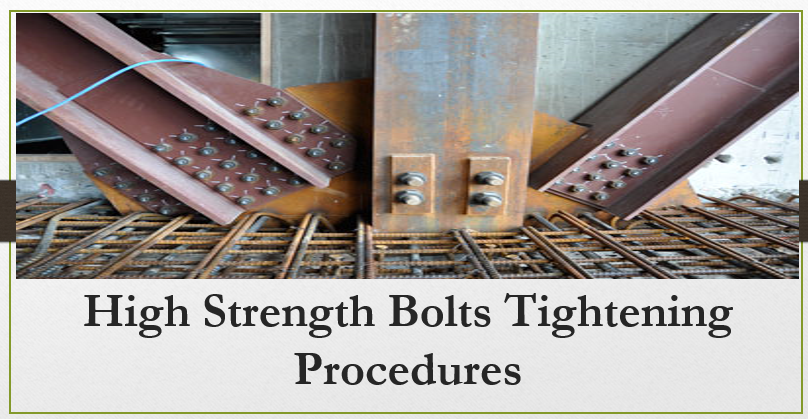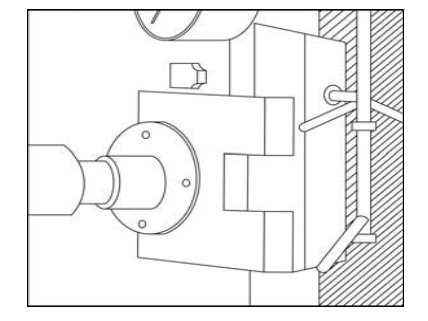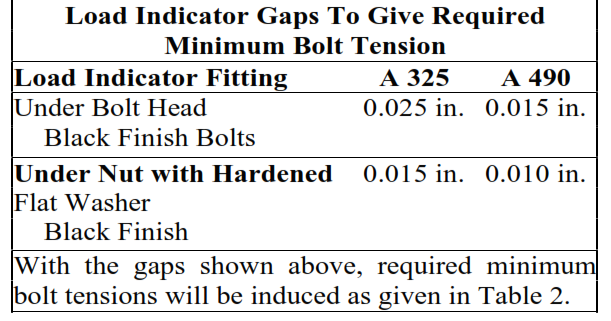This article is about High Strength Bolts Tightening Procedures related to topic of Proper Tightening Procedure, Load Indicator Washer, Turn-Of-Nut Tightening, Bolt Tightening Procedure for Structural Steel,
Bolt Tightening Methods, Snug Tight vs Fully Tensioned Bolt, Torque Tightening Procedure, Part Turn Method Bolt Tightening, How Much Torque Is Snug Tight, Snug Tight Bolt, Turn of the Nut Method for Tightening Bolts, for Project in Building, Plants and Petrochemical Plants as per International Codes & Standards.
High Strength Bolts Tightening Procedures
High Strength Bolts Tightening ProceduresEquipment and Power
Set up tools in good working order is significant to correct tightening
of high-strength bolts in structural connections. The kind of wrench for use
is just not designated within the Specs for Structural Joints Utilizing ASTM A325 or A490 Bolts as printed by the Analysis Council. Nonetheless, three strategies
of tightening are beneficial by the Council Specs.
1. Calibrated Wrench Tightening requiring the usage of a torquecontrolled wrench that cuts off when a pre-set torque is
reached.
2. Flip-of-Nut Tightening which might be achieved with both a
hand wrench or a typical influence wrench.
3. Tightening by use of a Direct Rigidity Indicator which requires use of
any machine permitting correct direct measurement of bolts pressure, such
because the load indicator washer.
Bolts put in with a load indicator washer are tightened with a typical
influence wrench.
The same old supply of energy is compressed air. There have to be an sufficient
strain on the software — an absolute minimal of 100 psi for bolts
/8″ diameter
and smaller. For bigger bolts, strain have to be greater. Hose strains needs to be
sufficient for the quantity and dimension of wrenches used.
7
Calibration
Whether or not bolts are put in by the calibrated wrench technique or by the turn-
of-nut technique, the usage of a calibrating machine to take a look at instruments and
tools and to offer a way of dependable inspection is crucial.
Fig. 1 – The bolt-tension calibrator is a
hydraulic load cell which measures bolt
pressure created by tightening. Because the bolt or
nut is turned, the inner bolt pressure or
clamping power is transmitted by the
hydraulic fluid to a strain gauge which
signifies bolt pressure instantly in kilos. The
dial of the gauge could also be marked to indicate the
required minimal pressure for every bolt
diameter. (See Bolt Rigidity Desk as
printed within the present Analysis Council
Specs.)
Attached document above have following keywords explanation of Proper Tightening Procedure, Load Indicator Washer, Turn-Of-Nut Tightening, Bolt Tightening Procedure for Structural Steel, Bolt Tightening Methods, Snug Tight vs Fully Tensioned Bolt, Torque Tightening Procedure, Part Turn Method Bolt Tightening, How Much Torque Is Snug Tight, Snug Tight Bolt, Turn of the Nut Method for Tightening Bolts.
TABLE 1 Load Indicator Gaps To Give Required Minimum Bolt Tension
Minimum Bolt Tensions
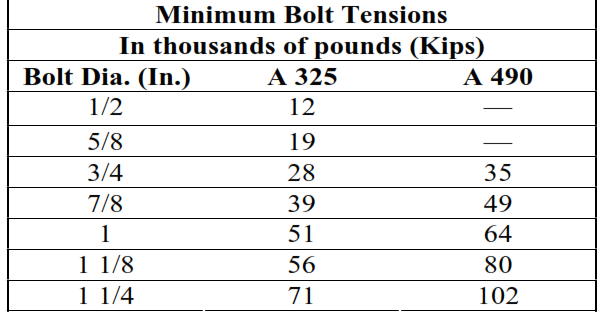
Nut Rotation (a) From Snug Tight Condition
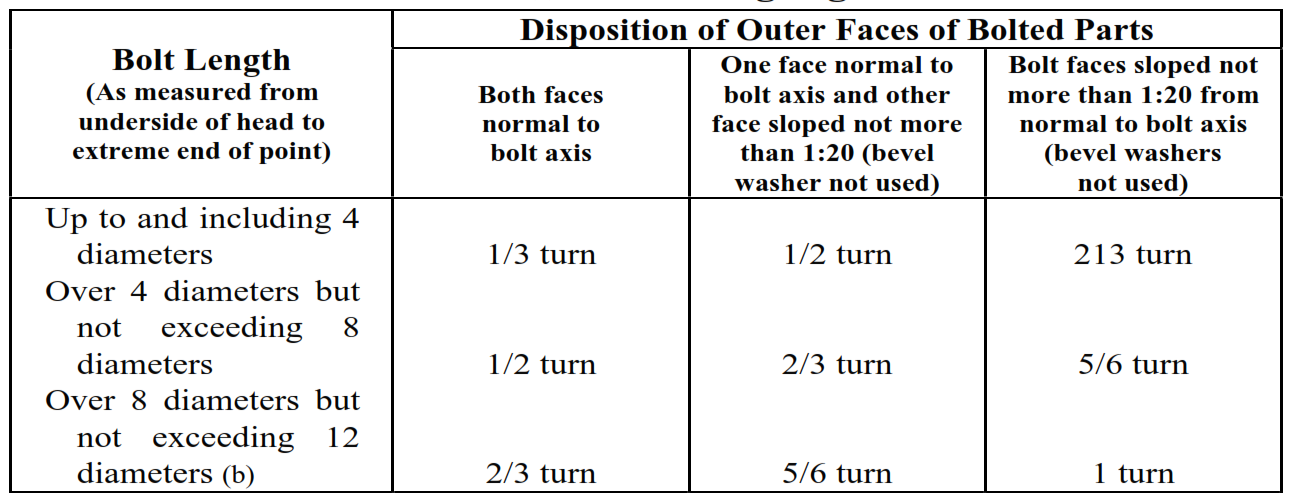
Types Of Nails
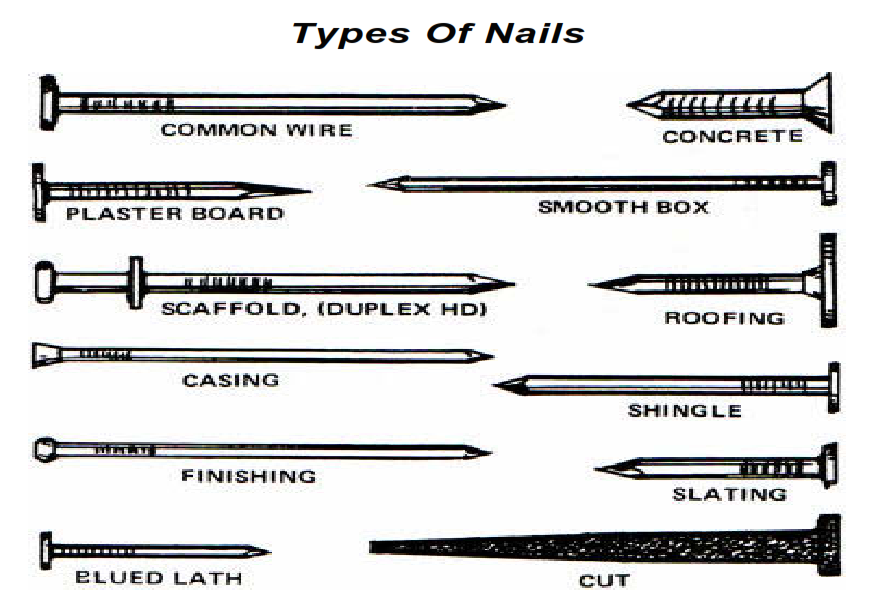
Common Wire Nails
